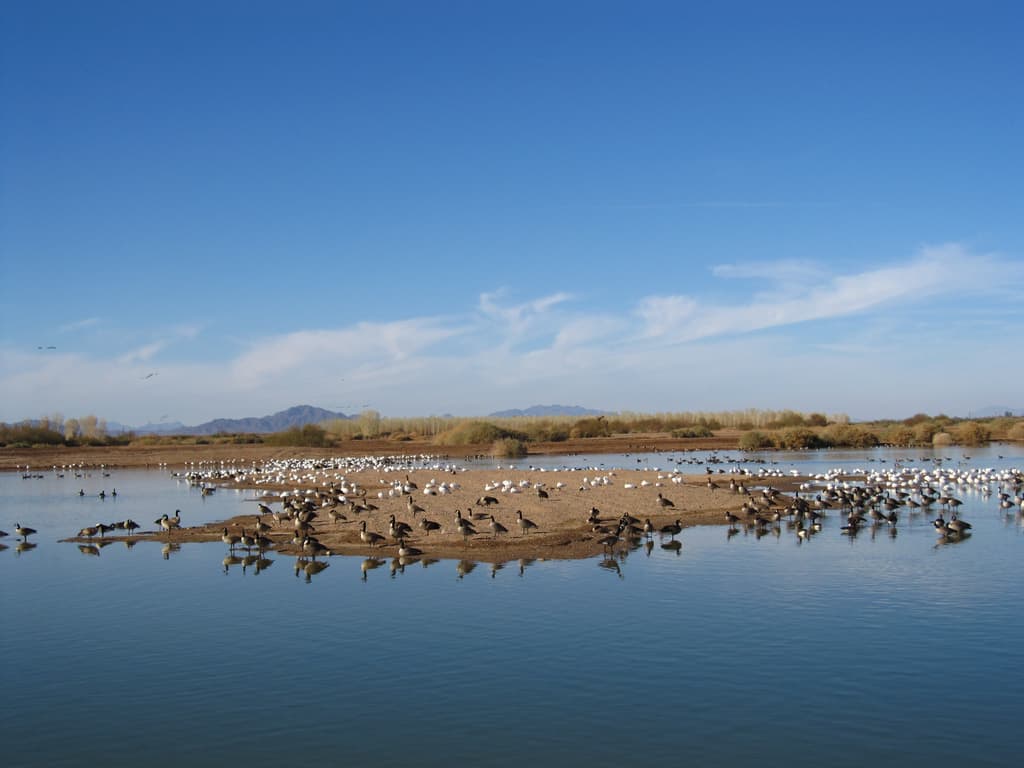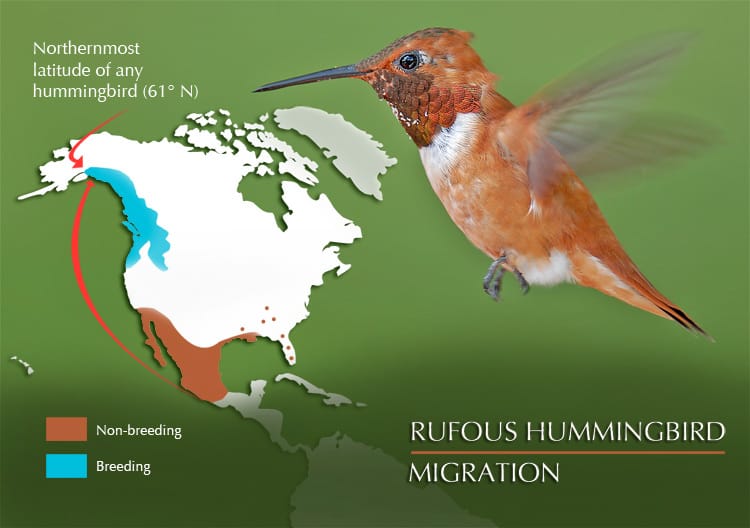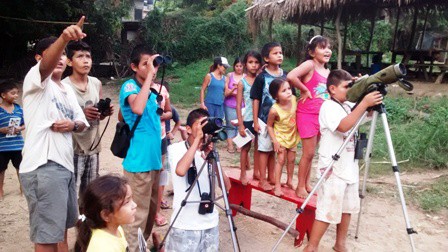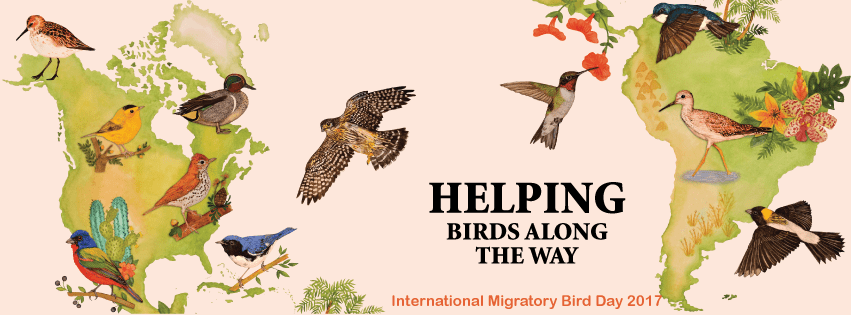“Helping Birds Along the Way” is the theme for this year’s International Migratory Bird Day (IMBD). IMBD is the only international education program that celebrates the migration of nearly 350 bird species between their nesting habitats in North America and wintering grounds in Latin America, Mexico, and the Caribbean. This year IMBD celebrates the importance of stopover sites, crucial refuges where migratory birds rest and refuel before continuing their remarkable journeys. Birds don’t just stop anywhere; they rely on a handful of resource-rich and strategically located sites where they may increase their body weight as they acquire the energy-rich fat stores needed to fly thousands of kilometers across continents and oceans.

One of the most important migratory stopover sites in The Sonoran Joint Venture Region is the Colorado River Delta. “The nearly 250,000 acres of natural areas in the delta include riparian woodlands, an extensive floodplain, brackish marshes, and large estuarine areas. You can find over 360 species of birds in the delta throughout the year, making it one of the areas with highest diversity of birds in northwestern Mexico. Almost 200,000 shorebirds and 60,000 ducks and geese use the delta each year as wintering grounds or for stopover habitat during migration and at least 110 species of landbirds visit the region during their migrations”.

One such visitor to the Colorado River Delta, as well as many other areas in the Sonoran Desert Region, is the Rufous Hummingbird (Selasphorus rufus). Venturing as far north as southeastern Alaska to breed, this species has the northernmost breeding range of any hummingbird. It is also a long-distance migrant, traveling some 3,900 miles one-way to reach its wintering grounds in southern Mexico. This brilliantly colored and feisty bird has a reputation for being one of the most aggressive hummingbird species, as well as one of the smallest, defending feeding territories from larger birds. Without stopover sites to rest and refuel, the Rufous Hummingbird would not survive the long journey.
This year participants at more than 700 IMBD events from Argentina to Canada, including SJV partners at the San Pancho Bird Observatory in Nayarit, Mexico, will learn how protecting and restoring stopover sites can benefit migratory birds, the symbolic harbingers of the seasons. Because habitat loss is considered the largest threat to these birds, IMBD events will include restoration activities like clean-ups and planting native species, as well as educational presentations, bird walks, and creative art projects.

“Through International Migratory Bird Day, we work to engage people of all ages to make their homes and communities safe places for birds,” says Susan Bonfield, Executive Director of Environment for the Americas. “There are many small actions that people can take to help protect migratory birds.” “One way that people can help birds along their way,” says Bonfield, “is to transform their backyards into safe stopover sites by planting native vegetation, providing fresh water, and keeping cats indoors.”
To learn more about migratory bird habitats, download IMBD educational and promotional materials in Spanish and English, and search for activities planned in your area, visit http://www.migratorybirdday.org/.

